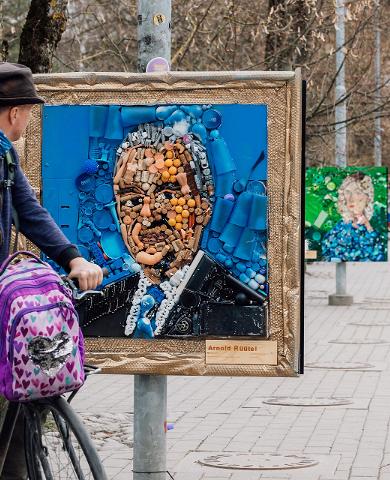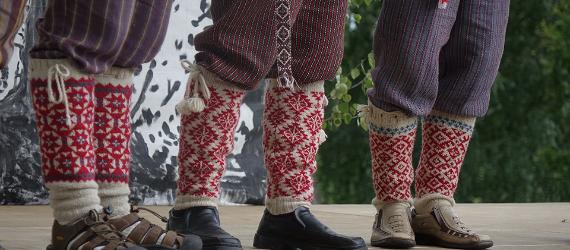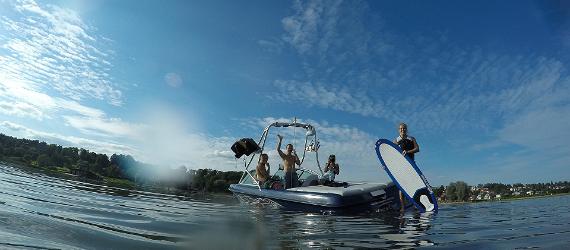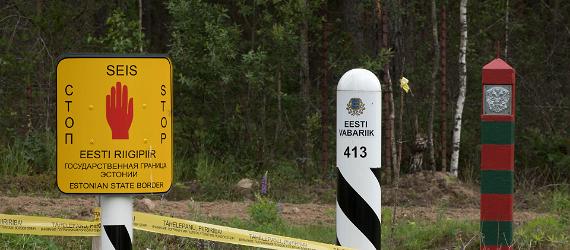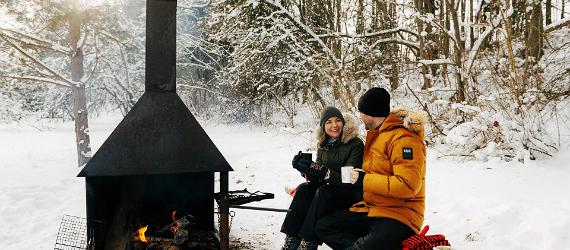Nitasha, the founder of the website Hear It From Locals, interviews locals from different parts of the world to get insightful tips when visiting those places. Lets see what Nitasha has to say about Setomaa, an ethnic and linguistic minority living in an area covering South East Estonia and North West Russia.
Helen Külvik, a Seto, lives in the small village of Obinitsa of Setomaa. She has studied Geography at University of Tartu and has a PhD in landscape ecology and environmental protection. Although Helen has worked as an editor for most of her life, she finds guiding as her real passion. She has now become more and more active towards her roots and works as a tour guide in Setomaa. Her interests include tourism, geography, cooking, traditional cultures, hiking and she believes that there are a lot of opportunities to explore all of that at Setomaa.
Setomaa
The odds are that you have never heard of Seto people of Estonia, an ethnic minority who are fighting hard to preserve their ancient customs and beliefs. Setomaa or the land of the Setos is nestled between the southeast of Estonia and the northwest Pskov Oblast of the Russian federation. Situated 300 km northwest from Setomaa is Tallinn, the capital of Estonia and away a thousand kilometer is Moscow, the capital of Russia.
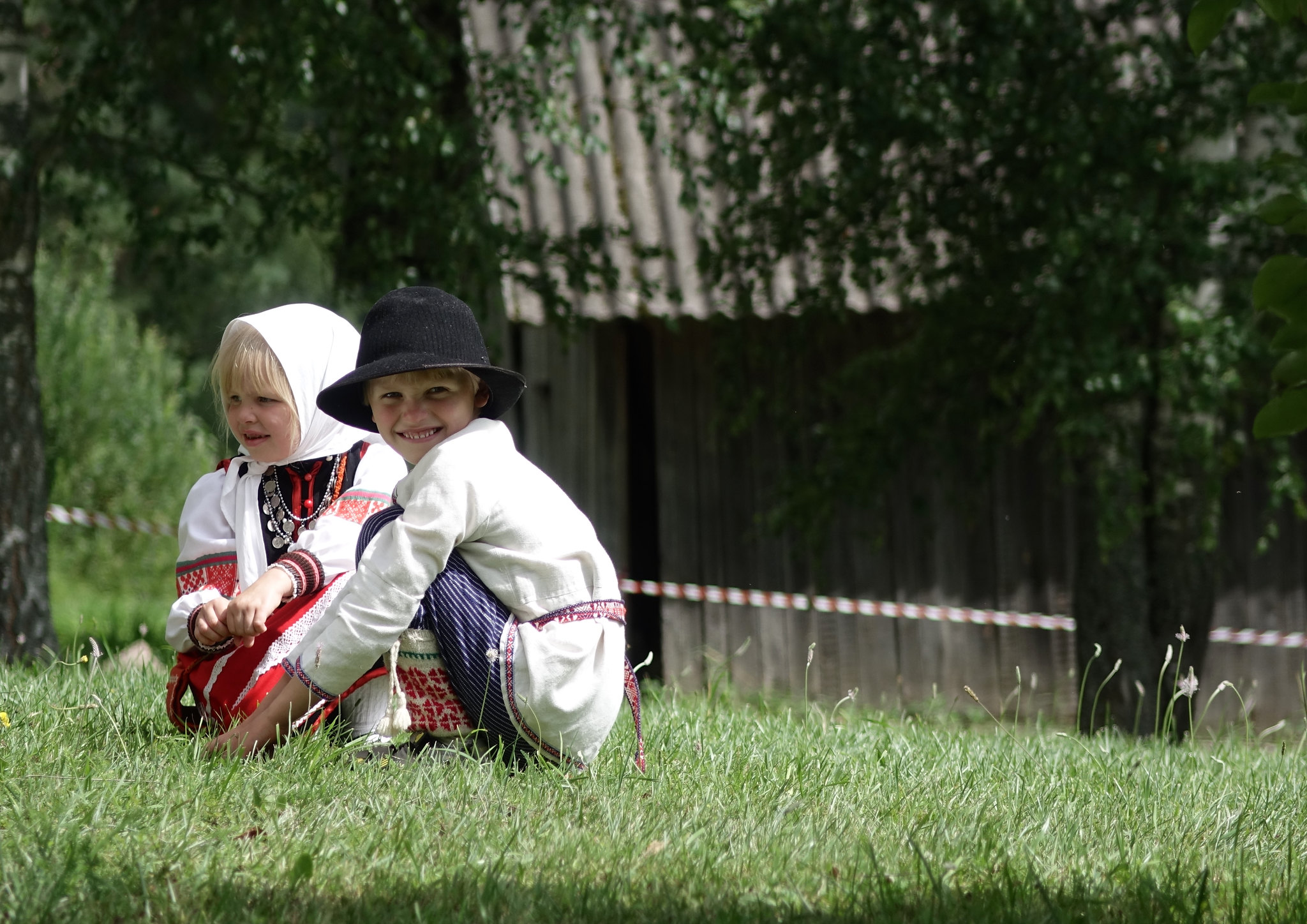
Setos are divided between two countries by the Russian visa regime, dividing numerous relatives. ¾th of historical Setomaa now belongs to Russian Federation, and only ¼th is part of Estonia. In the 20th century, the Seto border shifted numerous times until the dissolution of Soviet Union in 1991. Accepting their fate, the Setos declared themselves as a new entity, the Kingdom of Setomaa in 1994. The historical capital of Setomaa has been Pechory (Petseri), which now belongs to Russia but today Seto settlement has come to revolve around Värska. Most Setos now live in Estonia and are therefore very much influenced by Estonian culture.
How would you define Setos?
First and foremost, Setos are a small Fenno-Ugric nation with a unique traditional culture. They are very close relatives of Estonians and today we can say that they are sub-ethnos of Estonians.
Most Setos have a double identity: they are Setos, but they are also Estonians. Setos have their own language/dialect, and unlike Estonians they are Orthodox. Setos are also defined by being used to living on the edge: on the border of Estonian and Russia, between Orthoxy and Lutherans, between the East and West.
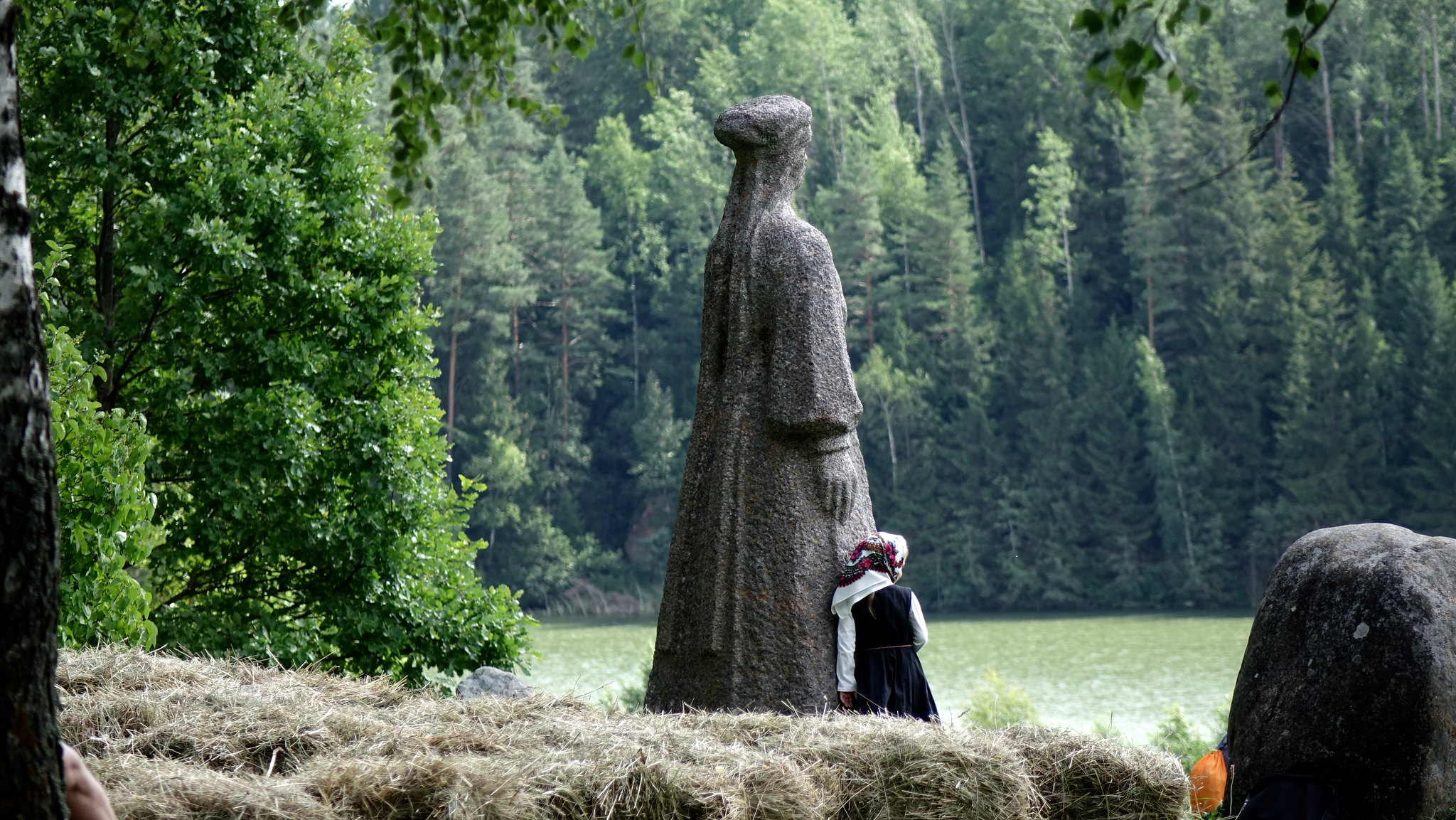
When is the best time to visit Setomaa so one can experience their local festivals and culture at its best?
The local festivals of all sort are most abundant during the warm season: starting from Easter till the beginning of September. During that period Setos have several cultural events, like Seto Kingdom Day, Seto Folk etc, but also most of the church feast days are celebrated during the warmer half of the year.
However, I recommend visiting Setomaa also out of the season: in peak season, like from mid-June till mid-August there can be crowds, but off-season you can receive amazing hospitality – people have more time for you! So, my best experiences with guests come from April-May and September-October.
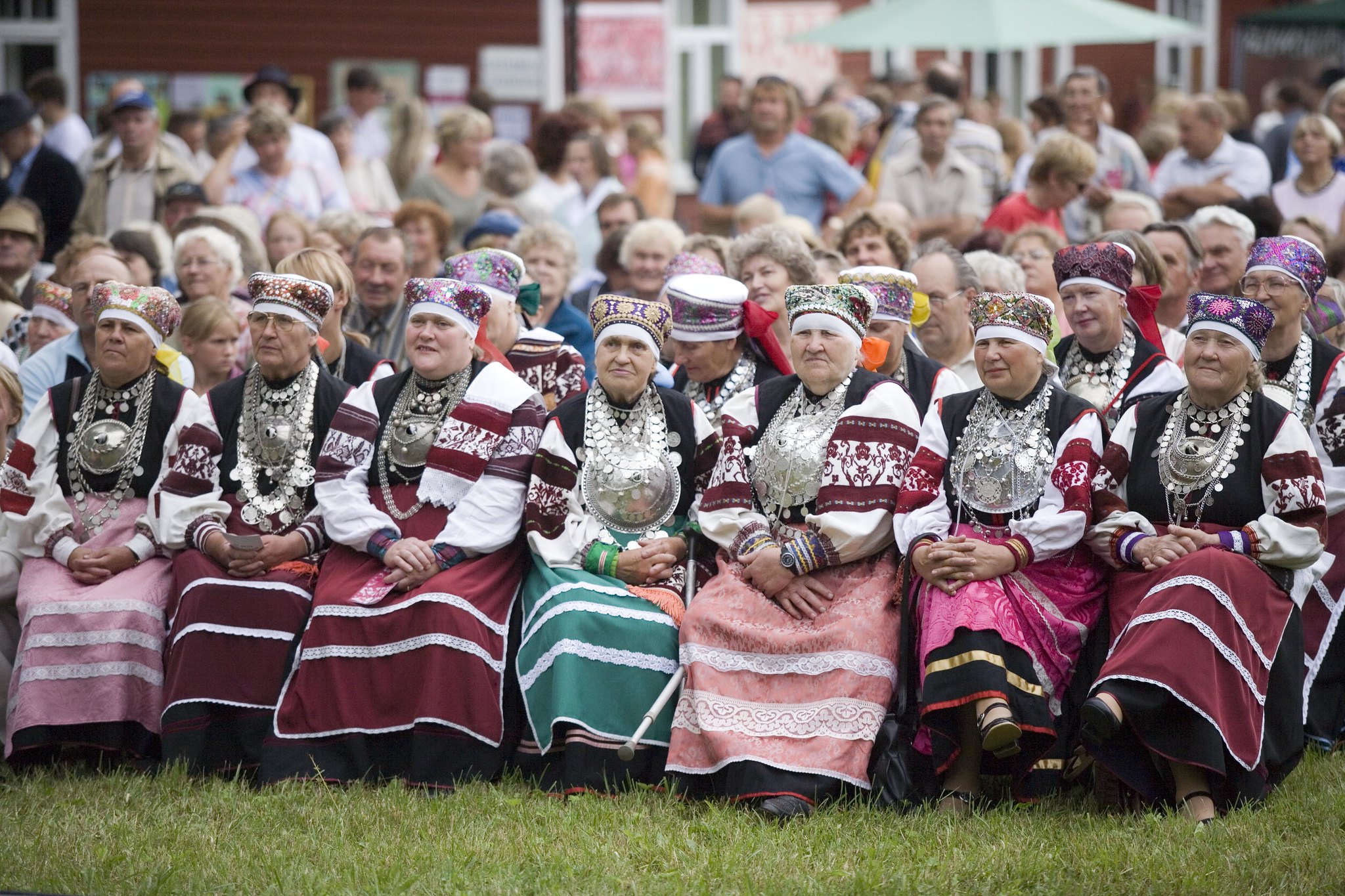
Also, winter can be fantastic! There is snow and everything is so quiet… And then you step inside an old farmhouse where fire is burning in a big stove, and the hostess has cooked something and it all smells deliciously and it feels like in a fairy-tale. Actually, winter is the time for telling fairy-tales and doing handicraft for Setos.
What are the top three must visit places in Setomaa?
I would certainly take my guests to the Värska Farm Museum. It’s a lovely open-air museum with actual livestock to give the idea of Setos’ way of life on a farm about 100 years ago. In the museum you learn a lot about Setos and start to understand how and why are they different from Estonians, but also from the people in the Western world in general. The Värska village lies ninety kilometres south east of Tartu.
Then, a must-see-and-do is the “dress up as a Seto” workshop at the Obinitsa museum, led by Õie Sarv, one of the cultural cornerstone persons of Setos. One member of the group is dressed up in real Seto clothes. It is always an amazing transformation and through that workshop you learn about the culture and the people. And it’s really fun to observe!
The third place I’d take you is a small chapel (tsässon in the Seto language) or a church. Setos are Orthodox, it is deeply rooted in the culture, but Seto Orthodoxy is an interesting mix of Orthodoxy and pre-Christian traditions. My favourite chapel is the Serga chapel near Meremäe – there you can meet Eevi, a local lady who takes care of the chapel and can tell stories about living on the edge (the border).
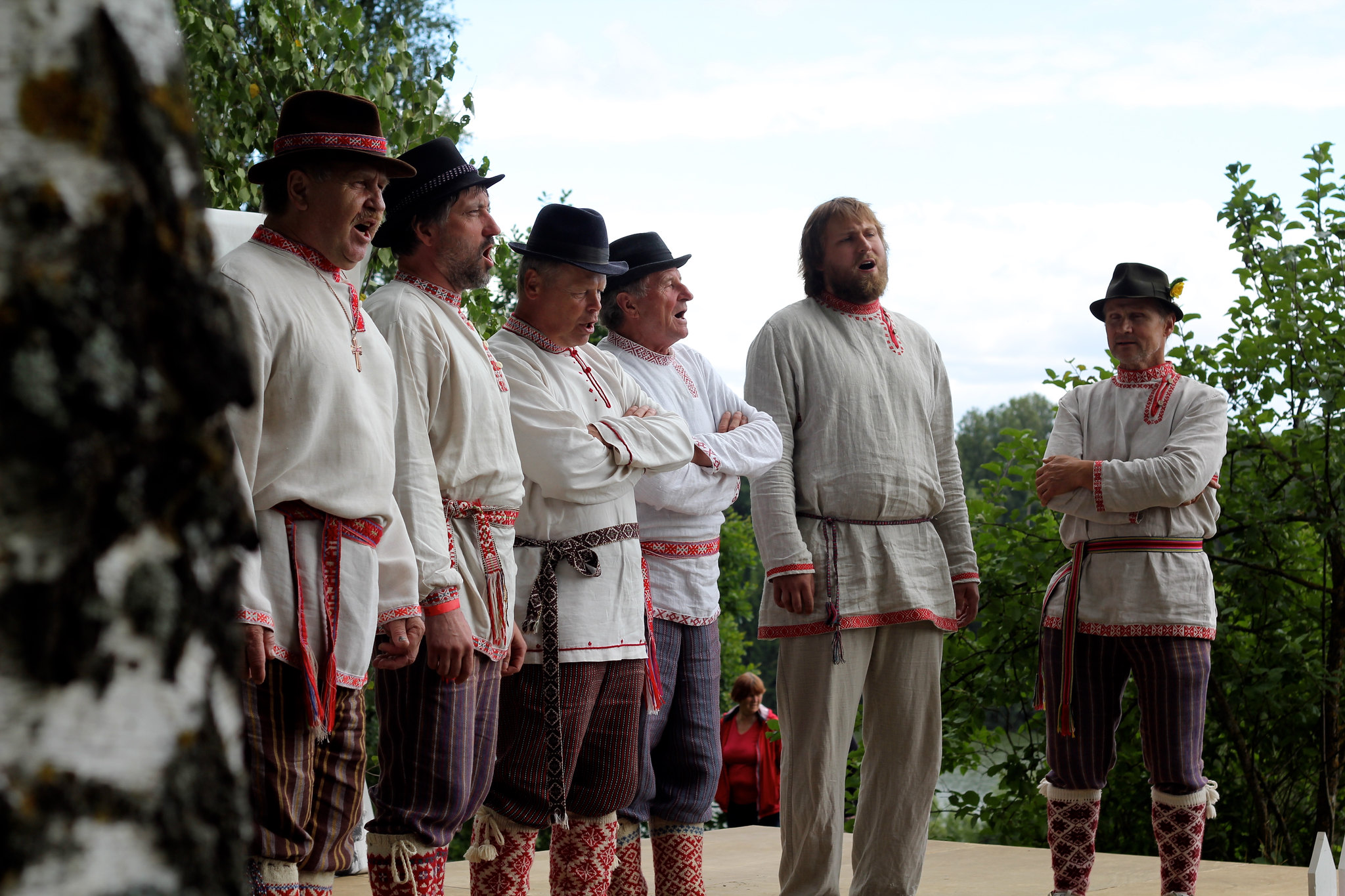
There is one more place I want to point out – the Saatse “Boot”. It is not so much a sight, but a drive-thru. The Saatse “Boot” is section of road on the Värska-Saatse road where you enter the territory of Russian Federation for 800 meters. There are no tickets for this sight, and you cannot stop on the road. There are no border guards systematically checking your passport; however, you have to be aware that you are in the border area and can be stopped for passport control at any time. The Saatse “Boot” is called a boot because the piece of Russian territory extending to Estonia has a boot-like shape. Keep in mind that you are not allowed to go closer than 15 meters from the border posts.
Which is the most celebrated event and festival of Setos?
The most important festival is certainly the Seto Kingdom Day. Even though Setos are very traditional people and most of the holidays have a long historic background and tradition, the Seto Kingdom Day is a rather new tradition: in 2020 it will the 27th time to celebrate the Kingdom Day. It is always held on the first Saturday of August, but the place varies, so you’d have to ask about that. In 2020 it will be celebrated in the small village of Kolossova.
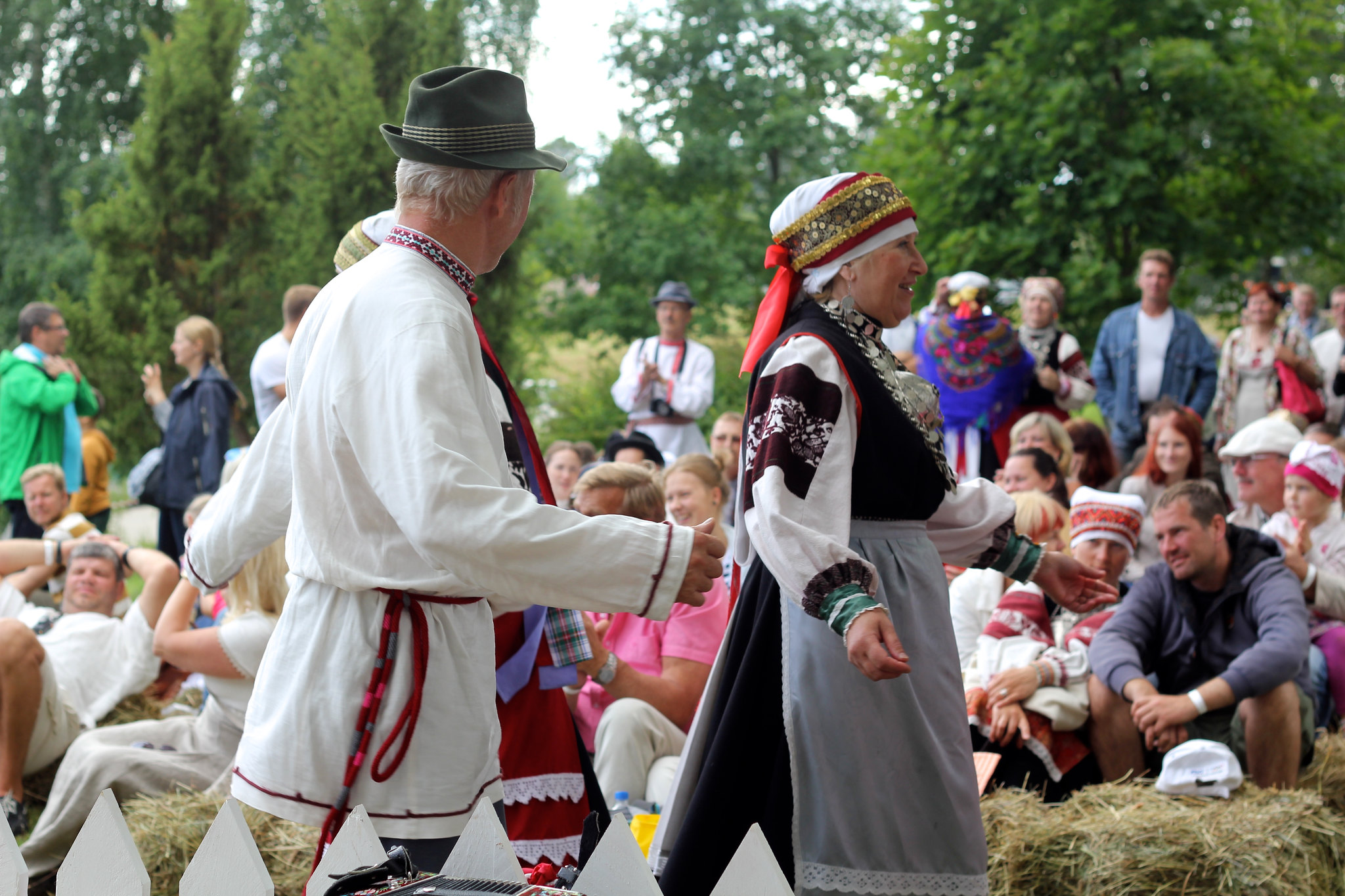
The Kingdom Day was initiated from the need to bring all Setos together after Estonia had regained its independence and the land of Setos had been cut into two. The idea started to develop and the festival has now grown into the biggest and most important festival of Setos. The day is full of dancing, singing, handicraft, Seto food. Most Setos attend the festival in Seto national costumes, so that day is the best chance to see the abundance of beautiful Seto clothes, both on men and women.
The most important event during the Seto Kingdom Day is the election of the new Chief Herald (ülembsootska in the Seto language). The Chief Herald is here to carry out the tasks of King Peko, who is sleeping in the Pechory Monastery and can’t therefore rein the Setos himself. So, we need the Chief Herald to take care of the people, and be their mental leader. The Chief Herald is the most important and honored person of Setomaa during the respective year.
The day reaches its end with a fun “military parade”, where the troops consisting of people carrying spades and pitchforks or funny costumes declare the oath of allegiance to the newly elected Chief Herald.
Which are the local crafts or souvenirs of Setoland? Where can one see them being made?
The local souvenirs are most and foremost related to handicraft. There is quite a good choice of handicraft on sale in our three museums: at Värska, Obinitsa and Saatse, and at the souvenir/craft shop of the Seto Atelier.
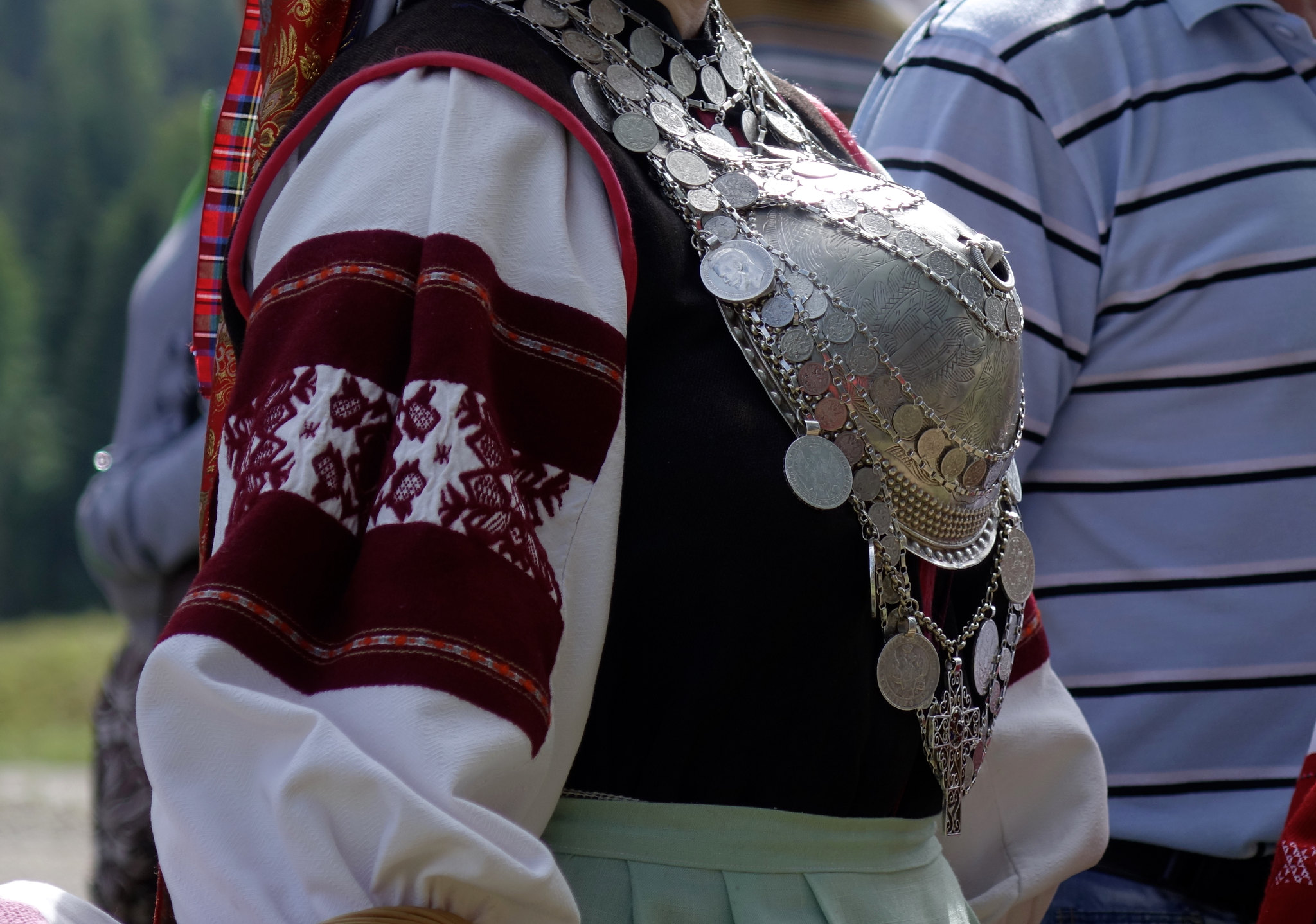
For workshops I’d advice to visit the Seto Atelier at Obinitsa, where you can meet with a Seto silversmith – Evar Riitsaar – and learn about Seto silver. Silver jewelery is what the Seto women’s national costume is best known for! At the atelier, you can also make your own souvenir by attending a workshop of block-printing. You can print on your own T-shirt or jeans (very fancy on jeans, by the way!) or on a textile shopping bag that you get from the owners. People love that workshop because it’s all about creativity and designing something that is uniquely yours – and, a memory that lasts. Moreover, you can participate in several other handicraft workshops that are offered upon request at several locations at Setomaa.






